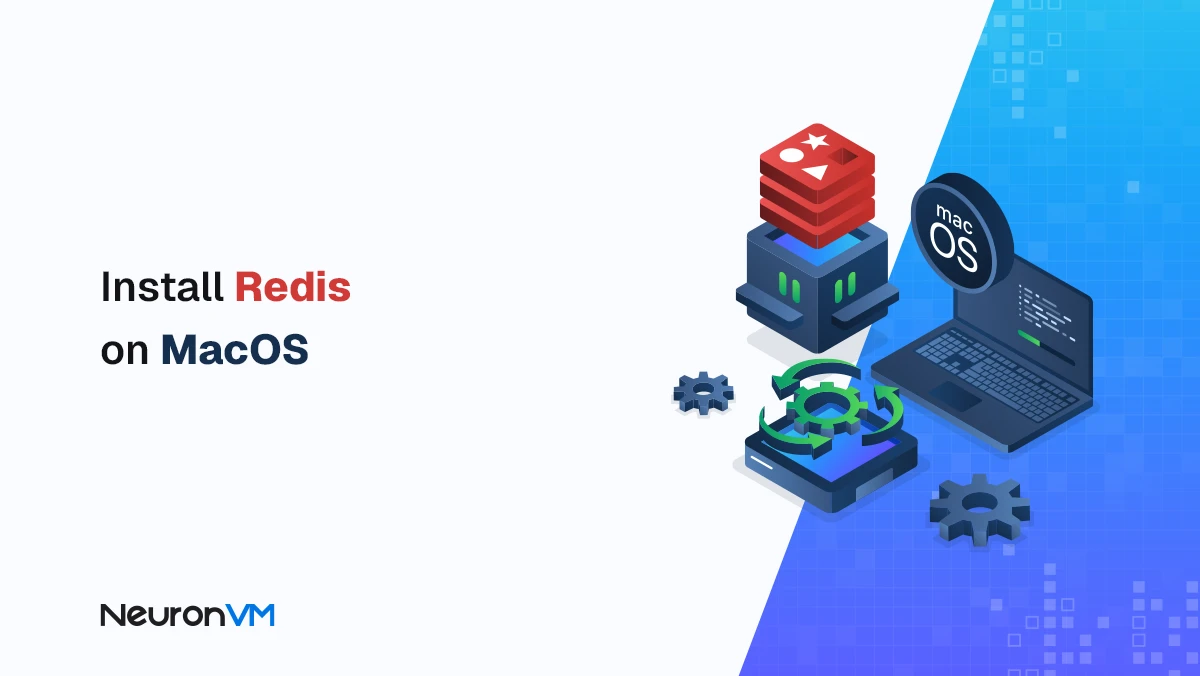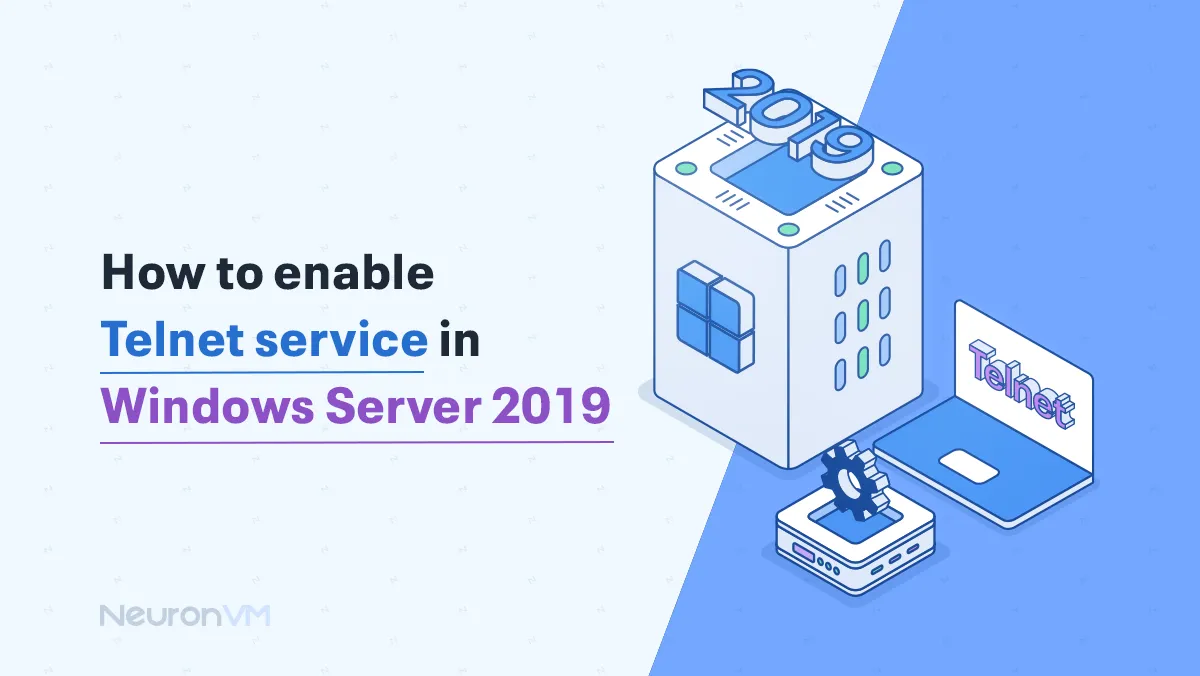How to Install and Configure Elasticsearch on CentOS 8

 9m
9m
 0 comments
0 comments
Elasticsearch is more than a search engine. It works like a living map for your data. It can explore millions of documents in seconds and return answers that feel instant even when your storage grows every day. Installing Elasticsearch is the first step. The real value appears when you understand how the engine thinks and how it handles your data. In this extended guide you will learn the installation steps, the core ideas behind Elasticsearch and the deeper concepts that help you build a stable and production ready environment on CentOS 8.

How Elasticsearch Works Behind the Scenes
Elasticsearch stores data in small parts. These parts are called shards. Each index contains several shards. Every shard uses a structure that makes searching extremely fast. This structure is an inverted index. Each word becomes a direct pointer to the documents that carry that word. This method allows Elasticsearch to scale without losing speed. When the amount of your data grows you can add new nodes. Elasticsearch spreads shards across nodes and keeps the cluster balanced.
Your cluster has different states. Green means all shards are safe. Yellow means primary shards are safe but some replica shards are missing. Red means some primary shards are missing. Knowing these states helps you understand cluster health before problems appear.
What Makes a Production Cluster Stable
A stable Elasticsearch setup depends on three things. Good memory settings. Clean shard management. Strong node roles.
The Java Heap size controls how Elasticsearch behaves under load. A low heap causes slow search or failed queries. A very high heap creates long garbage collection times. The common best practice is to use half of the available system memory but not more than thirty two gigabytes.
Shard count is another reason for performance issues. Many beginners create too many shards. Each shard needs memory. Too many shards cause a heavy cluster. Too few shards limit scale. A good starting point is one or two shards for each index unless you store massive data sets.
Node roles define the brain and muscle of your cluster. Master nodes handle decisions. Data nodes store information. Ingest nodes prepare data before indexing. Mixing all roles on one node is possible but not ideal for production.
Install Java on CentOS 8
Elasticsearch works with Java. You need OpenJDK 11.
sudo dnf install java 11 openjdk devel java version
Install Elasticsearch
Import the repository key.
sudo rpm import https://artifacts.elastic.co/GPG KEY elasticsearch
Create the repository file.
sudo nano /etc/yum.repos.d/elasticsearch.repo
Add this content.
[elasticsearch 7.x] name Elasticsearch repository baseurl https://artifacts.elastic.co/packages/7.x/yum gpgcheck 1 gpgkey https://artifacts.elastic.co/GPG KEY elasticsearch enabled 1 autorefresh 1 type rpm md
Install the engine.
sudo dnf install elasticsearch
Enable the service.
sudo systemctl enable elasticsearch.service --now
Test the service.
curl -X GET "localhost:9200/"
Configure Elasticsearch on CentOS 8
Elasticsearch keeps its settings in etc elasticsearch. Open the file.
sudo nano /etc/elasticsearch/elasticsearch.yml
Set the network host.
network.host 0.0.0.0
Restart the service.
sudo systemctl restart elasticsearch
If you need remote access, you must open the firewall port.
sudo firewall cmd new zone elasticsearch permanent sudo firewall cmd reload sudo firewall cmd zone elasticsearch add source 123.456.789.01/32 permanent sudo firewall cmd zone elasticsearch --add-port=9200/tcp permanent sudo firewall cmd reload
Index Lifecycle Management
Elasticsearch supports Index Lifecycle Management. This feature helps you control data age and size. It moves your index across four phases. Hot. Warm. Cold. Delete. In the hot phase, Elasticsearch writes data quickly. In the warm phase the engine still serves search but slower. In the cold phase the data is safe but rarely used. In the delete phase, the index is removed based on your policy. This system keeps your cluster clean and stable even when your data grows every week.
Real Differences Between Development and Production
A development setup is simple. One machine. One node. Everything in one place. A production setup behaves differently. It listens for network delays. Disk speed. Heap pressure. Shard imbalance. Master elections. Data node load. If one node fails, the cluster must stay alive. This is why real clusters use at least three master nodes so the cluster can vote safely.
Common Mistakes and How to Avoid Them
One common mistake is setting the heap on automatic values. Elasticsearch needs a manual heap size. Another mistake is indexing fields that you don’t need. Each field creates more overhead. Keep your mapping clean. A third mistake is leaving old indices inside the cluster. Old data eats memory and disk space. Use ILM to clean them.
Troubleshooting Scenarios
If your cluster becomes yellow, check your replica count. A missing replica is a sign of a node that is offline. If your search becomes slow, check the heap pressure. Values above seventy five percent mean the engine is under stress. If indexing becomes slow check your disk speed. Elasticsearch needs fast write operations for new documents.
Conclusion
Elasticsearch is a deep engine with many layers. Installing it on CentOS 8 is simple. Understanding cluster health, shard design, memory rules, node roles and lifecycle management transforms your setup into a strong production system. With the right approach your cluster stays fast even when your data grows without stopping.
Elasticsearch allows fast and efficient search and analysis of large volumes of unstructured data. On CentOS 8, it can be easily installed and configured to manage big data in real-time. This setup ensures scalability, high performance, and reliability even when handling massive datasets from multiple sources.
To secure Elasticsearch, you should configure the firewall to allow access only from trusted IP addresses. Additionally, editing the elasticsearch.yml file to set proper network host values and enabling authentication mechanisms such as TLS and user access controls will prevent unauthorized access. Regularly monitoring logs helps detect unusual activity early.
Yes. Elasticsearch supports multiple languages and can perform text analysis in various linguistic contexts. It uses language-specific analyzers for stemming, tokenization, and search relevance. This makes it suitable for applications like global e-commerce platforms, content management systems, and multilingual data analytics.







